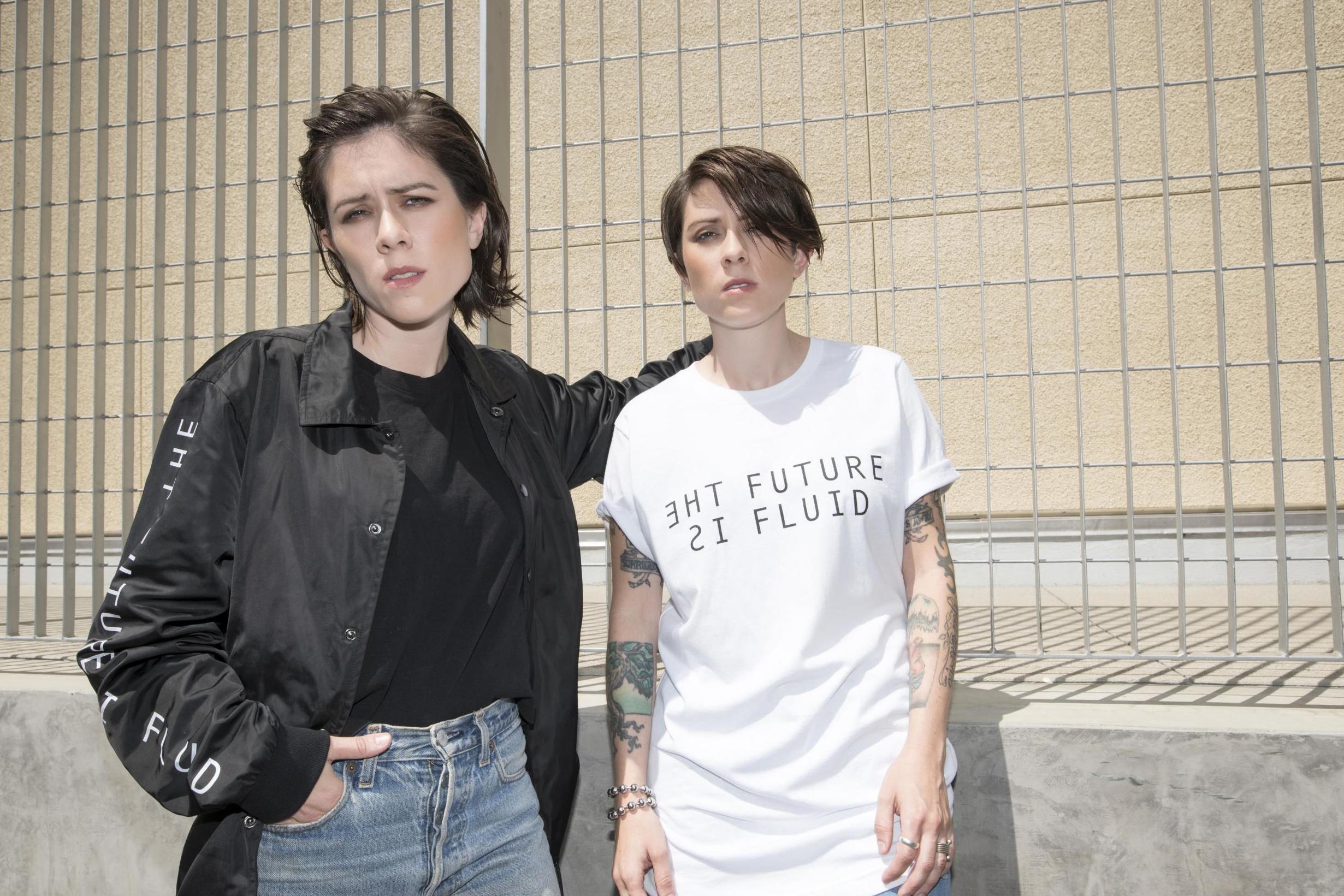Is gender-neutral clothing the future of fashion?
‘Gender-neutral clothing doesn't force someone into a box’

Gone are the days when skirts were just for women and trousers were just for men.
In 2017, gender no longer dictates the way people dress.
Fashion designers are combining men’s and women’s collections on the runway, John Lewis have abolished “girls” and “boys” labels on children’s clothes, and more fashion brands are launching gender-neutral collections, one of these is streetwear-inspired label: Wildfang.
Following in the footsteps of H&M (who announced their unisex denim line in March), the forward-thinking brand is leading the way in gender-neutral fashion.
Their most recent project, The Future Is Fluid, reflects society’s changing attitudes around gender expression and identity. Plus, 100 per cent of the profits go to LGBTQ causes.
The androgynous collection features a mixture of loose fitting suits, slogan T-shirts and tailored jackets that are neither overtly feminine nor masculine.
“Gender is a fairly restrictive concept,” Wildfang CEO, Emma McIlroy tells The Independent.
“Historically, it has dictated what jobs people can do, how someone can act, how someone can dress and that limits someone's ability to truly self-express and reach their full potential.
“Gender-neutral clothing doesn't force someone into a box. It allows them to self-express exactly how they chose to.”
McIlroy’s progressive ideologies could be beneficial when applied to children’s clothing, explained psychologist Dr Christina Richards.
Initiatives like John Lewis’ “allow children to express themselves fully and be all they can be - irrespective of sex,” she said,
However, gender therapist Dr Christella Antoni, stresses the importance of not replacing one with the other.
“There is advantage to having clothes available that our more gender-neutral but this doesn't mean they should totally replace clothes for girls and clothes for boys,” she told The Independent.
“In an ideal world gender-neutral clothes should exist alongside clothes for girls and clothes for boys,” she said, adding that it would be wrong to force a child to wear clothes that they feel don’t match their identity, whether that is strictly gendered or not.
“As for all matters relating to gender, the issue isn't simplistic,” she added.
However, while brands are embracing this cultural subversion of gender norms, we still have a long way to go, Antoni notes.
“It's always been easier for women to cross the dressing stereotypes and much more difficult for men, which is more repressive,“ she explained.
When British mode Agyness Deyn first came onto the sartorial scene in 2007, she became the poster child for androgynous fashion thanks to her tailored suits and trademark blonde buzzcut.
Hailed by fashion editors and photographers everywhere, she landed covers for Vogue and Elle and was cast in all of the top shows.
It wasn’t until 2016 that an inverse phenomenon occurred, when Jaden Smith – son of Hollywood actor Will Smith – donned a skirt in Louis Vuitton’s spring/summer 2016 campaign.
Now, a whole host of A-list celebrities are embracing so-called “feminine” fashion tropes.
There’s Harry Styles in his Gucci boots, Zayn Malik in ladies’ blouses – even Justin Bieber is impartial to women’s skinny jeans.
If there was ever a clearer move towards gender fluidity in fashion, this is it.
Subscribe to Independent Premium to bookmark this article
Want to bookmark your favourite articles and stories to read or reference later? Start your Independent Premium subscription today.

Join our commenting forum
Join thought-provoking conversations, follow other Independent readers and see their replies